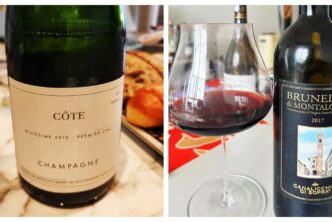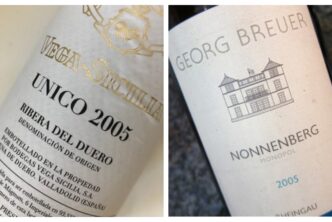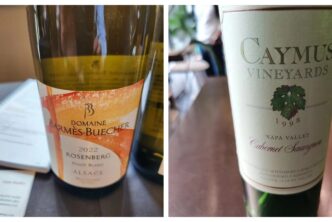Château Poujeaux 2015 Grand Vin Moulis-en-Médoc 94
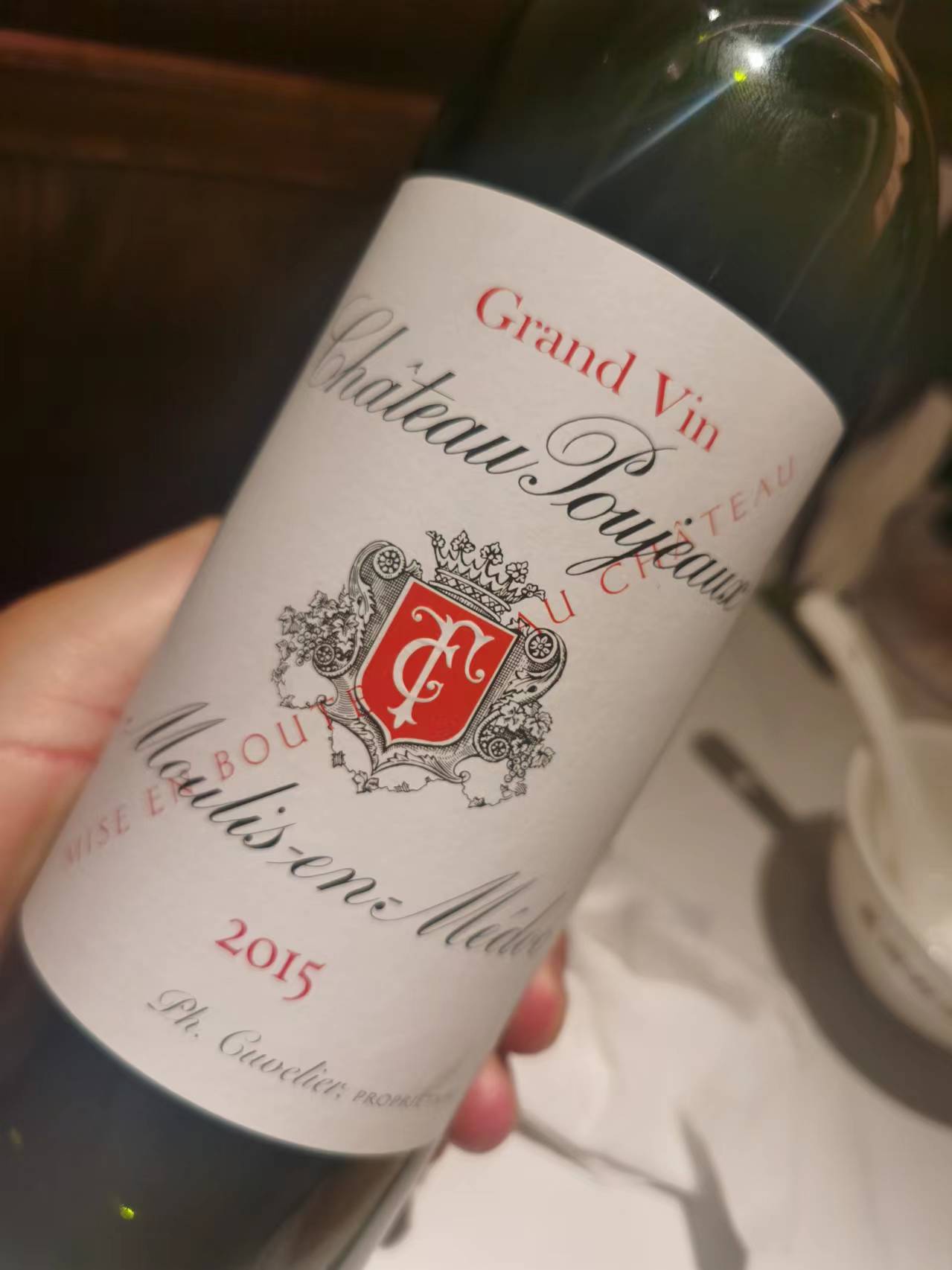
The 2015 Château Poujeaux is a great example of what happens to an excellent wine that doesn’t have the pedigree of more famous names in an important wine production area. Because Poujeaux is “just” in Moulis, and because its name is not as highly considered as that of a Latour or Haut-Brion, an absolutely excellent wine like this layered, delicious 2015 gets saddled with a litany of scores in the 90-92 range, if not lower. That’s not just fair, because the wine is delicious and deserves better: and so the problem lies not with the wine, but with the wine writers.
Château Poujeaux’s history van be traced all the way back to the sixteenth century CE. Believe it or not, it was owned then by none other than Gaston De L’Isle, also owner of Câteau Latour in Pauillac, though at the time Château Poujeaux was known as La Salle de Poujeaux. Over the years, the estate has known both good and bad times, as has all Bordeaux, with things finally stabilizing in 1921 when it was bought by the Theil family. Importantly, the family was able to buy back and reunite all the previously sold and divided sections of Château Poujeaux. In 2008, Jean Theil sold the property to the Cuvelier family, and thus the most recent, modern, course of the estate is well under way. In rather typical Cuvelier family management style, along with the consulting help of Stéphane Derenoncourt, they have proceeded to lower yields and pick much later: the ripeness and sweetness of the fruit is in fact a hallmark of this gorgeous 2015 Château Poujeaux.
Deep, saturated ruby-red. Offers inviting aromas of very sweet dark berries, cassis, coffee and complicating earthtones, lifted by a deep, perfumed violet topnote. Broad, creamy and open-knit in the mouth, this showcases lovely sweet and silky flavours of blackberry, vanilla, mocha and sweet pipe tobacco, but again with an inviting inner-mouth violet perfume. A blend of 50% Cabernet Sauvignon, 42% Merlot, 6% Petit Verdot and 2% Cabernet Franc, this is one Bordeaux red you shouldn’t miss. It’s also a very good buy for the money. Drinking window: 2024-2035.
Paolo Saracco 2023 Moscato d’Asti 95
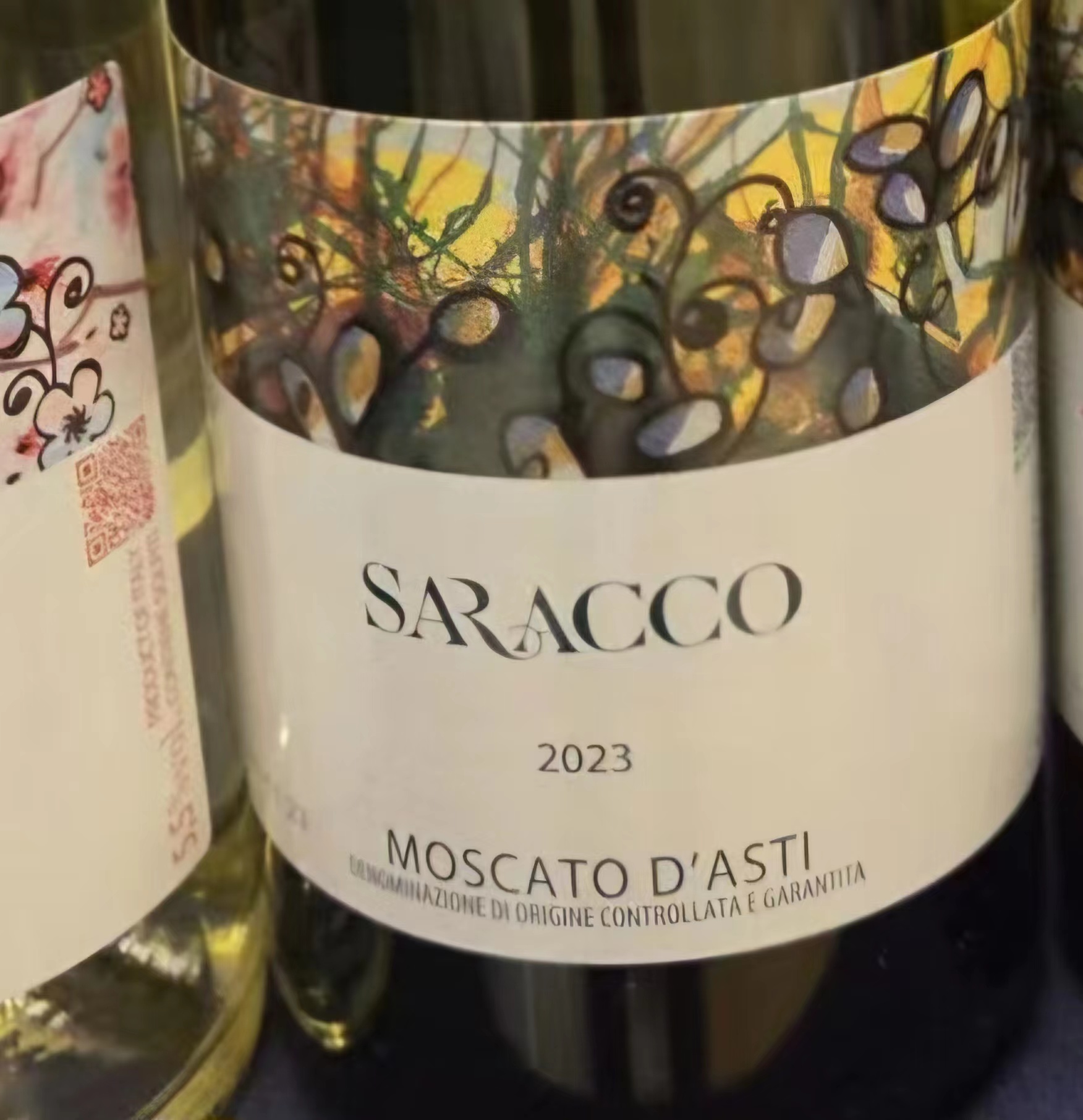
Simply put, Moscato d’Asti just doesn’t get better than this. But Paolo Saracco’s talent is such that his wine elevates to a whole other level, such that it can no longer be evaluated in comparison to, and on the basis of, Moscato d’Asti wines alone. Rather, it has to be considered on its rightful stage, that of the world’s best white wines.
While the 2022 Moscato d’Asti from this winery was also delicious, the hot growing season made for a much creamier, even oily, and less lifted and nuanced Paolo Saracco Moscato d’Asti than usual. No such problem with this drop-dead gorgeous 2023, which is a work of art: magically well-balanced, with an equilibrium between sugar and acid that ought to be studied, it is an essence of Moscato d’Asti wine, made with grapes mostly from the territories of the communes of Castiglione Tinella, Santo Stefano Belbo, Castagnole Lanze and Calosso, picked from vineyards planted at relatively high altitudes on mostly sandy, limestone and loamy soils.
Bright pale straw-green colour. Intense aromas of orange flower, tangerine, mint, vanilla, thyme and jasmine on the captivating nose complicated by a mineral lift: there is something vaguely Riesling-like about this gorgeous nose. Then similarly mineral in the mouth, with utterly pure white stone fruit and citrus flavours, with a glyceral texture and an enticing inner-mouth perfume that lingers impressively on the suave, juicy and sweet back end. I have no doubts this will prove to be one of the most delicious fun wines you’ll try this year. Try it with tiramisù, millefeuille, and a citrus-accented fruit cocktail. Heck it’s so good, and boasts only 6% alcohol or so, that my advice is just to go ahead and drink it on its own, and/or as an aperitif, and/or as a breakfast good morning, and/or as a nightcap, and in all the moments in between. You can thank me later. Drinking window: 2024-2029.

 中文
中文
